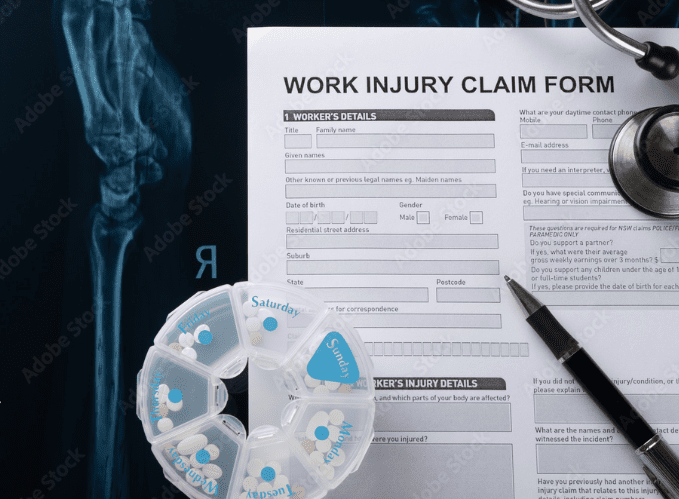
Workers compensation plays an integral role in bridging the gap between injured employees and the care they need to return to work as safely and quickly as possible. In most states, workers compensation is mandatory coverage making it a standard practice in any business. Check out these six trends that are impacting workers’ compensation insurance and the health and safety of employees.
Inflation Effects
Did you know that Inflation impacts the commercial insurance market as well? Wage inflation, medical inflation and higher employee pay are all key contributors to the cost of coverage. Employers are increasing pay to attract and retain workers which is increasing wage inflation and potentially leading to higher workers’ compensation premiums, despite medical inflation being relatively low due to past profitability and fee schedules in some states. However, it is expected to increase in the future. This could all lead to a struggle to maintain a balance between wages, benefits and premiums, ultimately leading to short-term disconnects.
Aging Workforce
The U.S. Bureau of Labor Statistics recently shared that the number of employees over the age of 55 in the labor force is expected to increase to nearly 25% come 2024. With the cost of workers’ compensation claims increasing as employees age, this is worth noting. The health of an individual typically diminishes with age, the impact of minor injuries can be severe for older workers and they may take longer to fully recover.
Focus on Mental Health
The focus on mental health in the workplace has increased significantly over the past few years. With poor mental health directly correlating to workplace accidents and high costs, more employers are implementing mental health initiatives. Employee well-being, encompassing physical, mental and emotional health, is essential for workplace safety.
Mega Claims
Workers’ compensation insurance has been impacted significantly by the surge of remarkably large claims, totaling $3 million or more. These claims typically arise from severe and possibly permanent injuries happening while on the clock. Mega claims are often complex to manage and can create significant financial burdens and can have server impacts on companies.
Telemedicine use
Since 2019, we have seen a huge spike in telemedicine and it looks like its here to stay. Employees are able to chat with real life doctors at their convenience whenever they are injured. This unlocks access to specialists leading to speedy recovery times but also has benefits like saving time and transportation costs.
Use of wearable safety technology
One of the easiest ways to take precautions to injuries in the workplace is having wearable safety technology. These devices can monitor employees’ behaviors, provide real-time safety instructions and allow safety managers to adjust the work environment.





